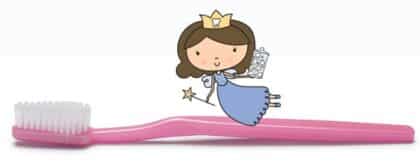We’re all familiar with what it feels like to have our teeth cleaned: some looking, some buzzing, some scraping, some polishing, some flossing, and then we’re on our way home to enjoy another spring day in Madison. But if during the buzzing and scraping you’ve ever wondered, what tools does a dental hygienist use? and couldn’t ask because you had an instrument in your mouth, here are some of the tools of the trade hygienists use to keep your teeth clean and bright.
- Mirrors
- Computer Imaging and Periodontal Probe
- Ultrasonic and Hand Scalers
- Suction
- Polisher
- Floss and Fluoride
- Mirrors


